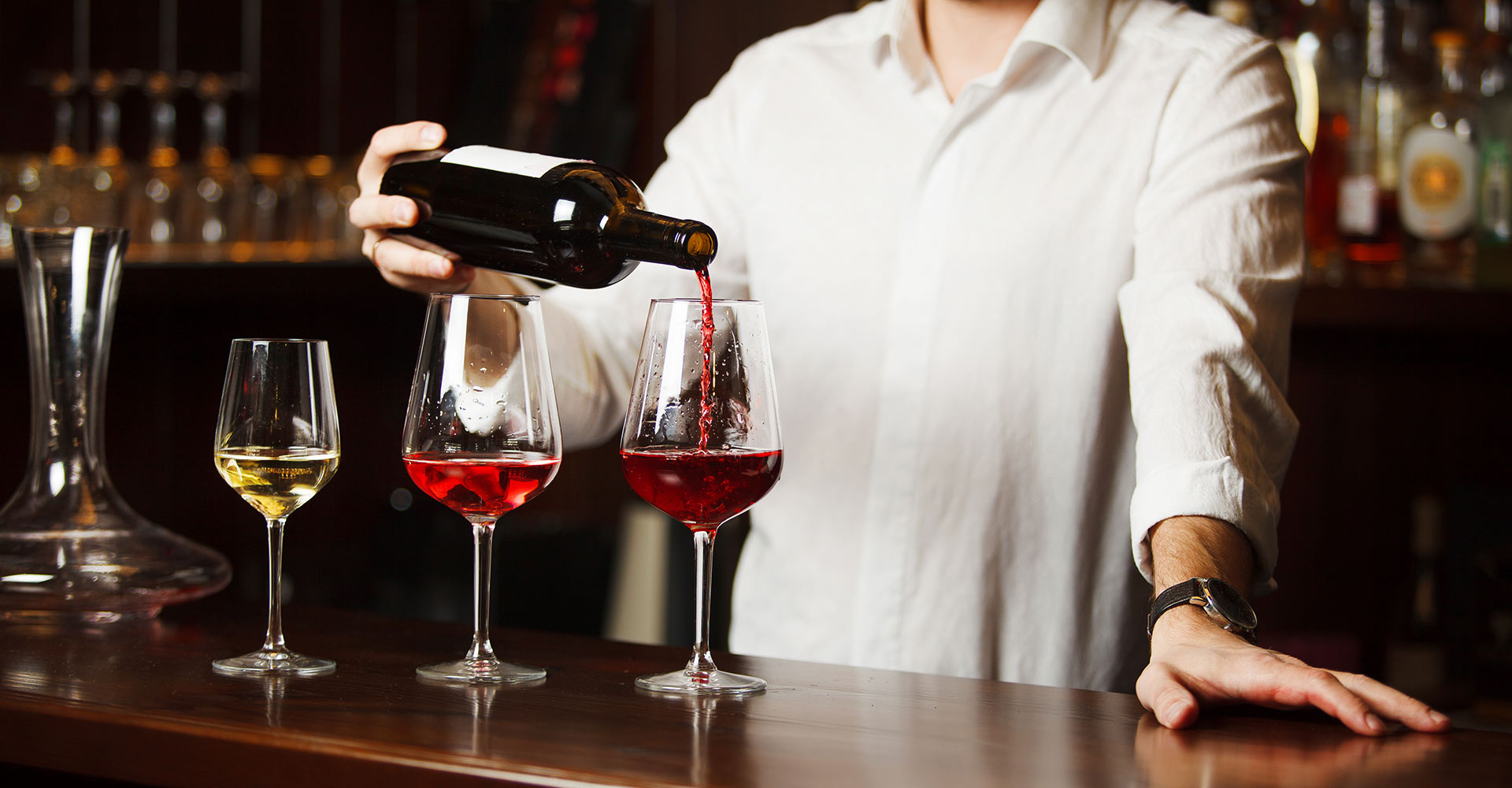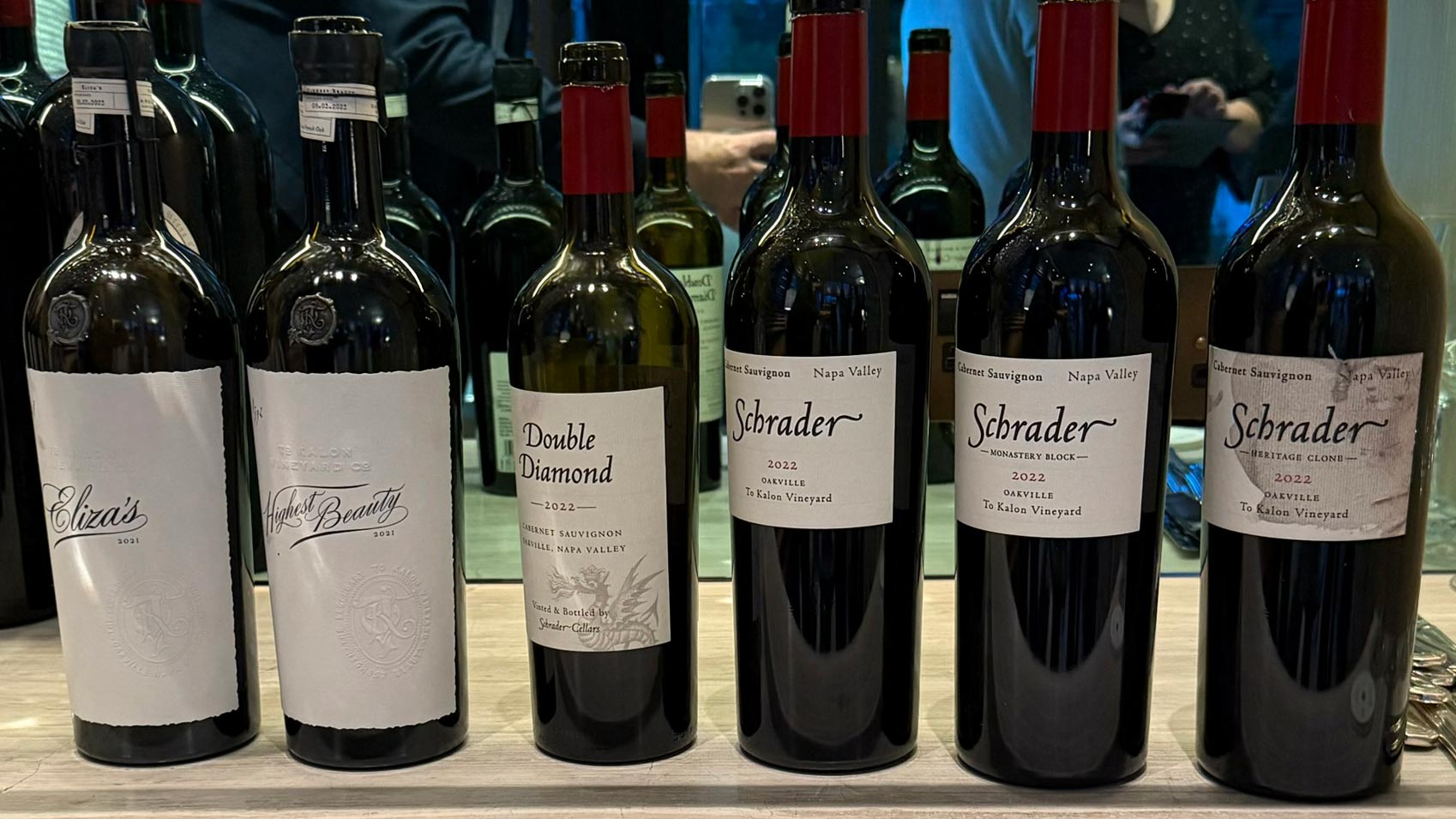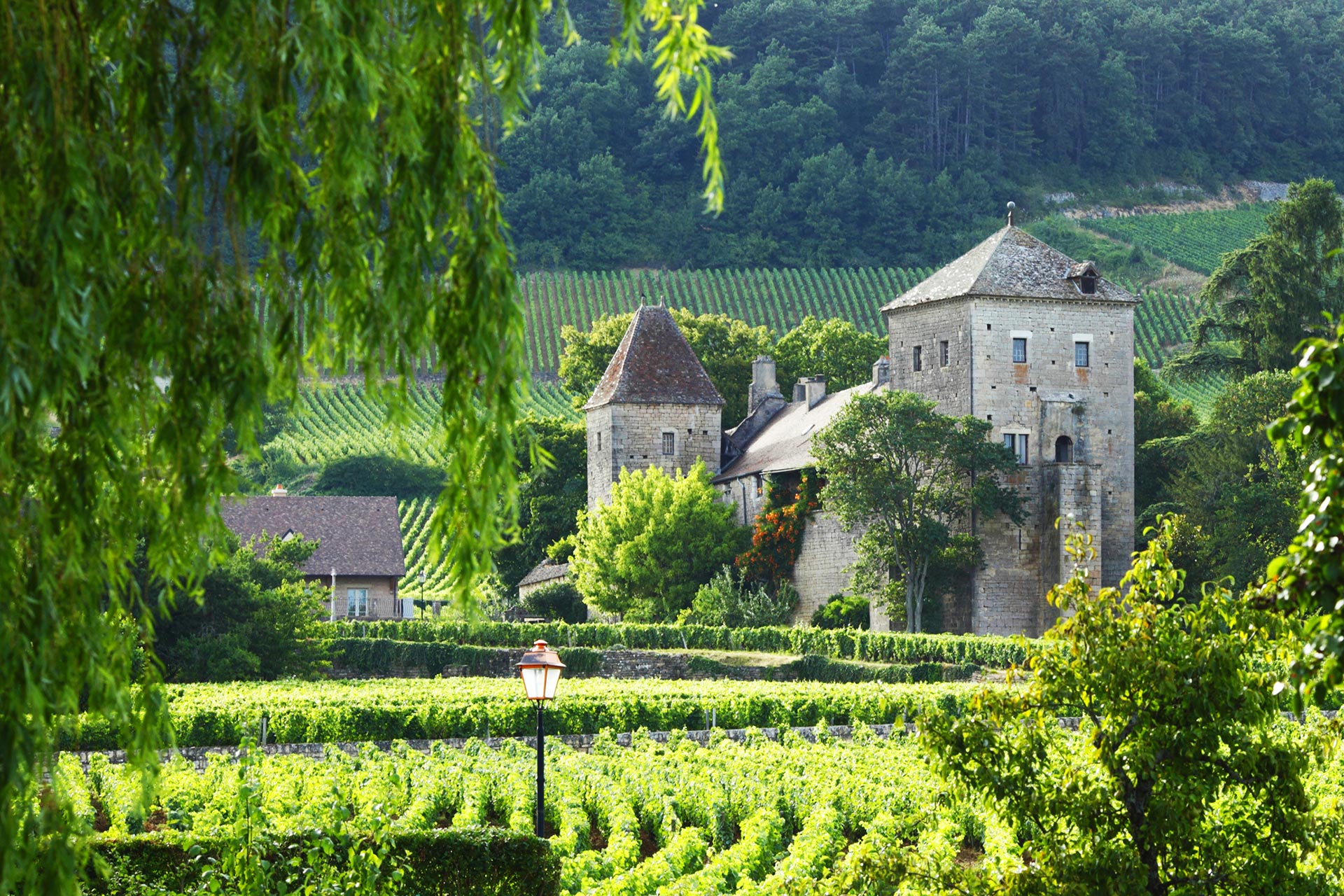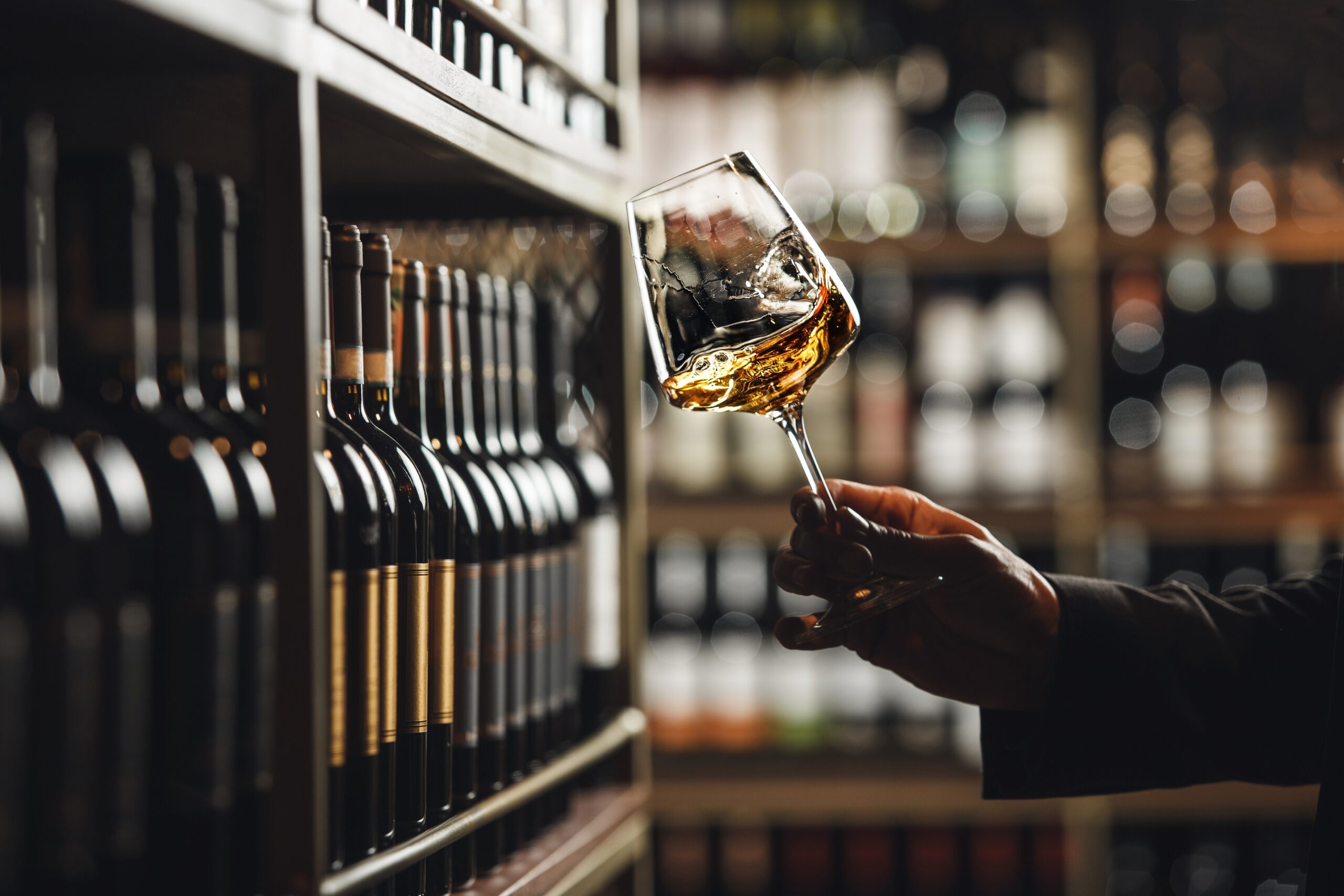Why That £20 Wine Is Not the Same as Your £300 Bordeaux (Even If the Score Says So)
Let’s be honest. Wine ratings are a bit like dating profiles. Sounds great on paper—but what are you really getting for your time and money?
If you’ve ever stared at a wine shelf wondering how a plucky £20 bottle and a regal £300 bottle can both wear the same shiny 95-point badge, you’re not alone. Welcome to the deliciously confusing world of the 100-point wine system, where numbers matter… just not in the way you think.
In this guide, we’re uncorking the truth behind scores, structure, and the sneaky economics that go into rating wine. Buckle up—it’s going to be structured, balanced, and long on the finish.
How the 100-Point Scale Took Over Wine
Before the 100-point system became the global gold standard, Europeans rated wine out of 20 like it was a school exam in Paris. Then along came American wine critics like Robert Parker, armed with a system that felt more familiar to the average consumer (especially in the US): 50 points for showing up, and 50 more up for grabs based on appearance, nose, flavour, and overall loveliness.
Critics like James Suckling and Decanter made the system mainstream, turning scores into sales rockets. But here’s the kicker—though it’s technically a 100-point system, in practice it’s more of a 10-pointer. Anything below 85? Dead on arrival. A score of 90+? That’s your golden ticket. And 95+? That’s when wine starts whispering sweet nothings to your soul.
Or at least that’s what James Suckling says.
Wait… How Exactly Does the Scoring Work?
Let’s demystify the maths (don’t worry—no calculator required). Understanding how the score is built helps you see why two very different wines can both land at 95, even if they don’t share much else in common.
In the 100-point wine rating system, wines technically start with a default score of 50. From there, they earn their way up like a contestant on MasterChef:
- Up to 5 points for appearance (colour, clarity, visual appeal)
- 15 points for the nose (aroma complexity, cleanliness, typicity)
- 20 points for flavour (intensity, structure, balance)
- 10 points for overall impression, aging potential, and “wow” factor
That brings us to 100. But here’s the twist: in the real world, no one is rating wines in the 50s or 60s. Those would be undrinkable. Most wines reviewed start at 85 and above, making it a compressed scale—more like a 10-point system in disguise.
A 95 Isn’t Just a 95: The Tale of Two Bottles
Picture this: You’ve got a £20 Chilean Syrah and a £300 Pauillac from Bordeaux. Both strut their stuff with a mighty 95-point rating. Surely they’re equals?
Not so fast.
They’re both brilliant—just in very different ways.
The £20 Bottle: Pure Pleasure at a Bargain
This wine is a show-off. Loud, delicious, and ready to party. It’s built for immediate drinking—bursting with ripe fruit, smooth tannins, and a finish that lingers just long enough to keep you coming back for another sip (and maybe another bottle). It’s also a masterclass in efficiency: mass-produced, aged in budget oak alternatives, and designed to be gulped, not cellared.
For James Suckling, this kind of wine hits the sweet spot—affordable, expressive, and great for a Tuesday night roast chicken. 95 points here says: “Drink me now and love every second.”
The £300 Bottle: An Investment in Time
This wine is in no rush. Tight-lipped, structured, and practically flexing with tannin and acidity, it’s built to age. Its 95-point score is a promissory note. A “trust me, I’ll be fabulous in 2040” kind of vibe.
This wine’s price tag reflects more than what’s in the glass. Think names like Château Margaux, Domaine de la Romanée-Conti, or Petrus—these aren’t just wines; they’re luxury brands with decades (or centuries) of critical acclaim, iconic status, and market demand baked into every cork. It includes decades of brand equity, the scarcity of elite terroir, and a touch of Veblen economics—where higher prices make people want it more, not less.
In other words: the £20 wine is a now wine. The £300 wine is a “hope you’ve got a cellar and some patience” wine.
The Car Analogy: Mini Cooper S vs. Aston Martin DB11
Imagine two cars, both earning glowing 5-star reviews from Top Gear or Auto Express:
- One is a Mini Cooper S – around £27,000, zippy, fun, iconic. Brilliant for nipping around London or tearing up B-roads on the weekend.
- The other is an Aston Martin DB11 – £160,000+, handmade, powerful, and dripping in luxury and heritage.
Same 5 stars. Totally different beasts.
So why do they both get top marks?
Because each one is rated within its own league.
| Car | Price | Purpose | Why It’s Rated Highly |
|---|---|---|---|
| Mini Cooper S | £27,000 | Everyday sporty hatch. | It’s a joy to drive, beautifully made, and offers cracking value |
| Aston Martin DB11 | £160,000+ | Luxury GT cruiser | Refined, powerful, crafted for long-haul elegance and prestige |
The 5 stars aren’t saying they’re equal cars. They’re saying each one nails its mission.
The Mini is best in its class for accessible thrills. The Aston is best for silk-lined, V12-powered road trips through the Cotswolds.
Structure, Structure, Structure
Here’s where the science bit sneaks in.
Fine wines age gracefully because they’ve got structural backbone: bold tannins, zippy acidity, and concentrated flavour. They go through a transformation from fruity to complex, developing leathery, mushroomy, “oh-my-god-is-that-a-truffle” layers.
Cheap wines? They’re built differently. Still delicious, but they peak early—like that guy from school who was prom king at 17 and now sells insurance.
Summary Table:
| £20 Wine | £300 Wine | |
| Goal | Instant joy | Long-term glory |
| Structure | Soft, balanced, easy | Firm, acidic, built like a fortress |
| Aging | Drink within 5 years | Cellar for decades |
| Oak | Chips and staves | Fancy French barrels |
| Score Meaning. | Amazing for the price. | Validated for investment |
So What Are You Really Paying For?
Not just flavour. You’re paying for scarcity, prestige, brand story, and future potential. Think of the expensive wine like buying shares in a company: you’re investing in what it could become.
Also, some wines are simply born into aristocracy. First Growth Bordeaux and top-tier Burgundies have centuries of clout—and a loyal following of collectors happy to pay a premium for pedigree and the promise of complexity 20 years from now.
Read Beyond the Score
The real secret? Don’t stop at the number. Read the tasting notes.
Phrases like “massive structure,” “gripping tannins,” and “needs time” mean you’re holding a future star. Meanwhile, notes about “forward fruit,” “charming balance,” or “drink now” tell you this wine is ready to party tonight.
The 100-point score is a compass, not a destination. Learn to read the map.
Final Sip: How to Use Scores Like a Pro
- Shopping for a weekend bottle? A 92-point £15 Tempranillo could be your new best friend.
- Building a cellar? A 95-point young Barolo is a future legend in waiting.
- Buying wine as a gift? Know your audience. A big Napa Cab might score the same as a delicate Pinot—but only one will match their taste.
The more you understand the context behind the score, the more value you’ll squeeze from every bottle.
Cheers to smarter sipping.



